29 July 2024 : PIB Summary For UPSC
1. Delegates and Members of World Heritage Committee Visit Monuments and World Heritage Sites in and around Delhi
(Source – https://pib.gov.in/PressReleseDetail.aspx?PRID=2038168 )
| Topic: GS1 – History – Indian Culture – Architecture |
| Context |
|
Analysis of the news:
- Taj Mahal, Agra: A UNESCO World Heritage Site, this white marble mausoleum was built by Mughal Emperor Shah Jahan in memory of his wife Mumtaz Mahal. It is renowned for its stunning architecture and is a symbol of eternal love.

- Agra Fort, Agra: A massive red sandstone fortification, also a UNESCO World Heritage Site, built by the Mughal Emperor Akbar. It served as the main residence of the Mughal emperors until the capital was moved to Delhi.
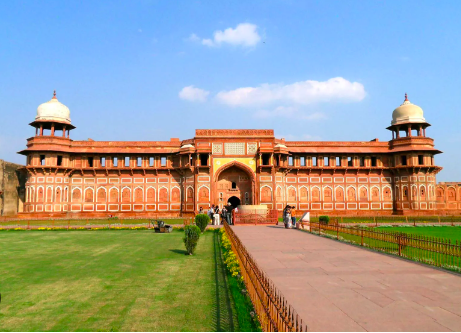
- Fatehpur Sikri, Agra: A UNESCO World Heritage Site, this historical city was founded by Emperor Akbar as his capital. It is known for its well-preserved Mughal architecture and planning.

- Humayun’s Tomb, Delhi: A UNESCO World Heritage Site, this 16th-century tomb was built for Mughal Emperor Humayun and is considered a precursor to the Taj Mahal.
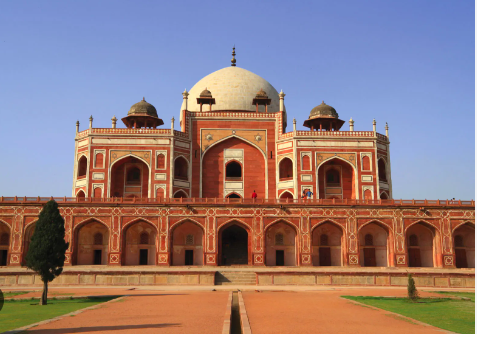
- Qutb Minar, Delhi: A UNESCO World Heritage Site, this 73-metre tall minaret was constructed by Qutb-ud-din Aibak in 1193. It is the tallest brick minaret in the world.
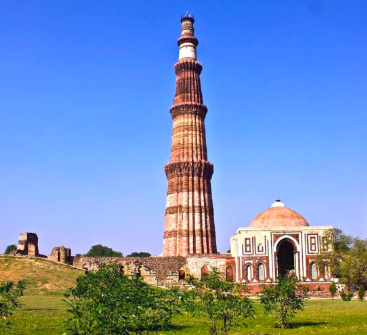
- Red Fort, Delhi: A UNESCO World Heritage Site, this 17th-century fortification was the main residence of the Mughal emperors. Its massive red sandstone walls are a prominent feature of Delhi’s skyline.
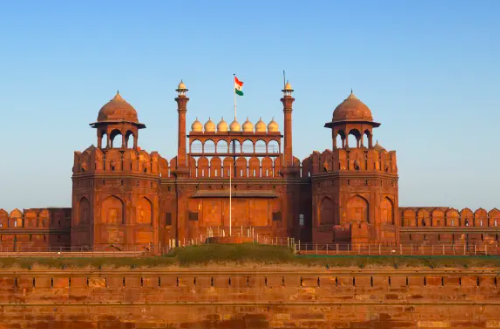
- Safdarjung Tomb, Delhi: A 18th-century Mughal garden tomb, it was built for Safdarjung, a noble in the court of Mughal Emperor Ahmad Shah Bahadur.
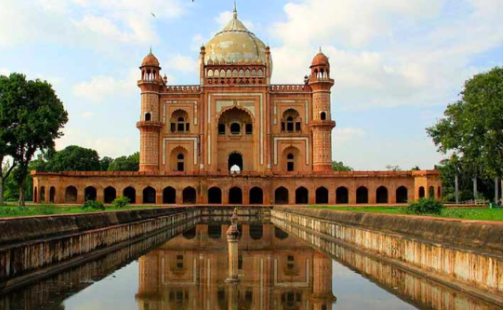
- Chand Baori, Abhaneri: One of India’s largest stepwells, built in the 9th century by King Chanda of the Nikumbha dynasty, known for its intricate geometric design and water storage capabilities.

| Practice Question: Discuss the significance of mediaeval architecture in Delhi, focusing on key monuments such as Qutb Minar, Humayun’s Tomb, and the Red Fort. How do these structures reflect the socio-political and cultural developments of the Mughal era? (150 Words /10 marks) |

